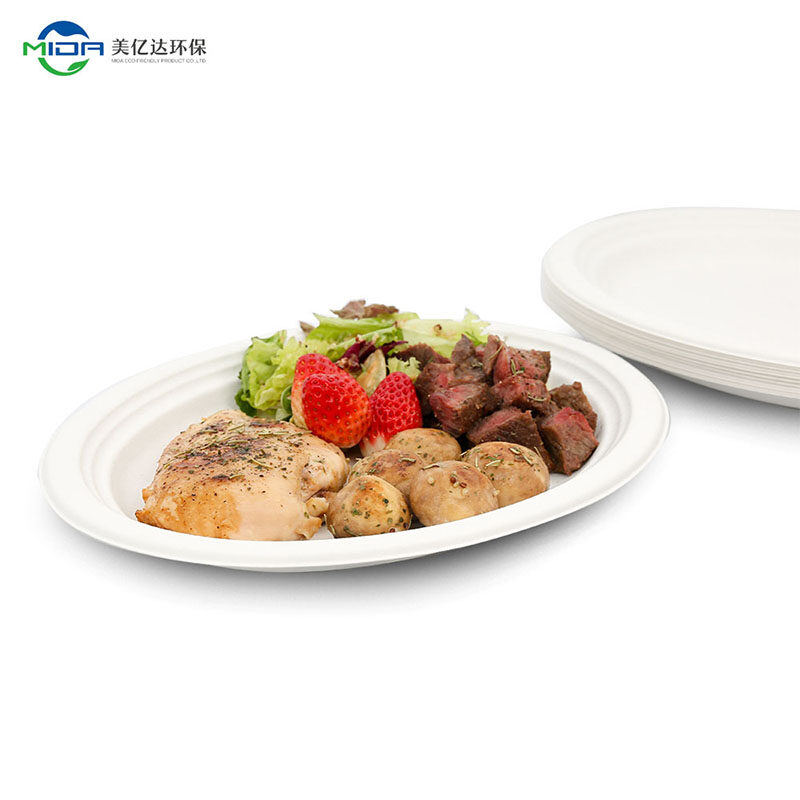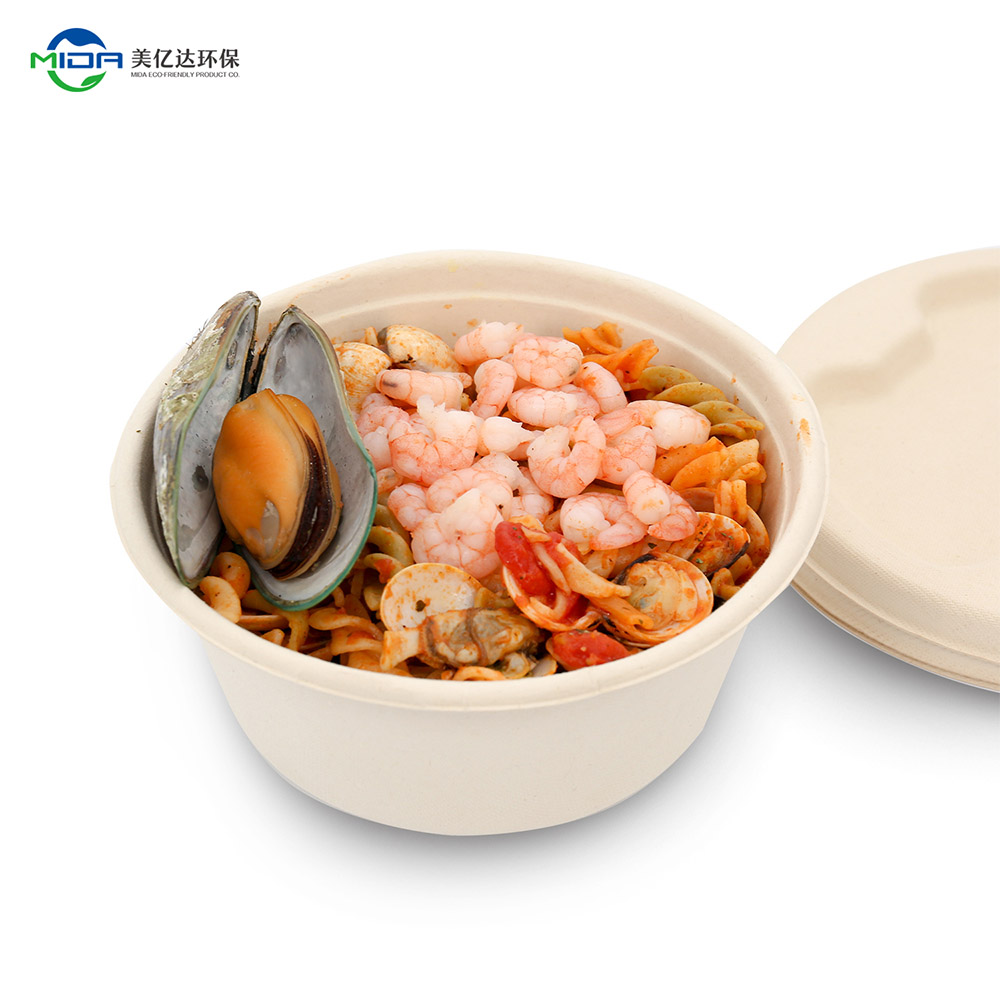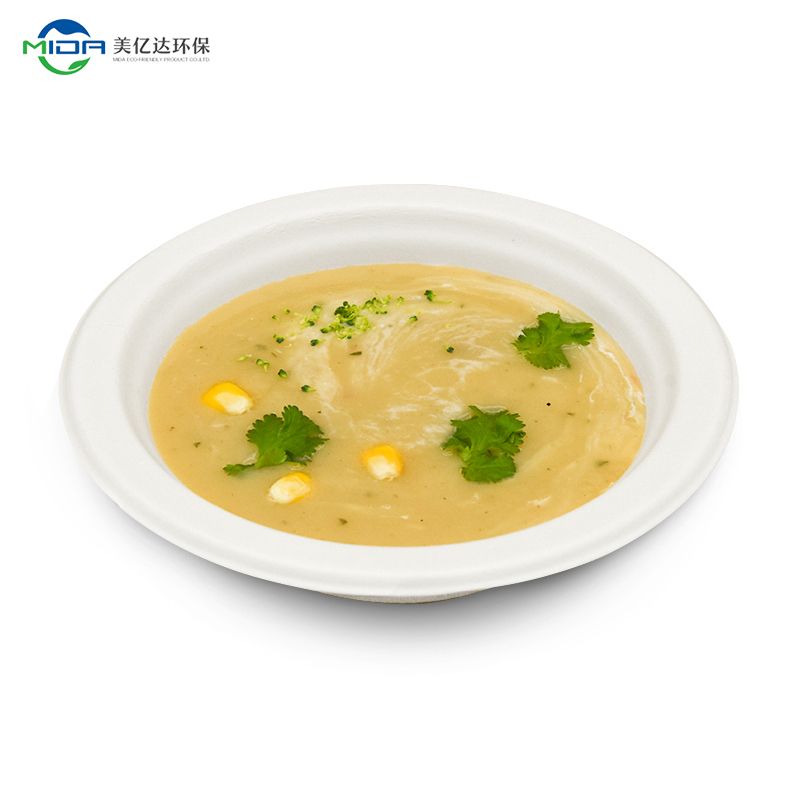In today's world, where environmental concerns are becoming increasingly pressing, the search for sustainable alternatives is gaining momentum across various industries. One domain that has seen remarkable progress is food packaging.
The shift from traditional single-use plastics to eco-friendly options like biodegradable disposable food containers reflects a vital step in reducing our ecological footprint while ensuring the convenience we've grown accustomed to.
Understanding Biodegradable Materials
Biodegradable materials refer to substances that can be broken down naturally by microorganisms into harmless components over time. Unlike conventional plastics that persist for centuries, biodegradable materials decompose relatively quickly, lessening the burden on landfills and oceans.
Natural fibers such as bamboo, sugarcane, and palm leaves are used to create sturdy and biodegradable packaging. Biodegradable disposable food containers made of these fibers require minimal processing and provide an eco-friendly aesthetic appeal.
* Biodegradation Process: The biodegradation of biodegradable disposable food containers follows a specific pattern. Microorganisms such as bacteria and fungi colonize the material, secreting enzymes that break down its complex structure into simpler compounds. These compounds are then assimilated into the microorganisms' life cycle, leaving behind no harmful residues.
10 Inch Sustainable Plant Fiber Oval Paper Plates
Advantages of Biodegradable Disposable Food Containers
Reduced Environmental Impact
The primary advantage of biodegradable disposable food containers lies in their reduced environmental impact. As these containers degrade, they don't accumulate as persistent pollutants, unlike conventional plastics that fragment into tiny, harmful particles.
Resource Conservation
Biodegradable disposable food containers often use renewable resources, decreasing dependence on fossil fuels. This conservation of resources is crucial in a world where sustainability is a priority.
Health and Safety Benefits
Unlike traditional plastics, biodegradable disposable food containers don't leach harmful chemicals into the environment. This safeguards both the environment and human health, aligning with a holistic approach to well-being.
Promoting Circular Economy
Biodegradable disposable food containers support the concept of a circular economy, where products are designed to be regenerative. These materials can be composted, enriching the soil and completing the cycle of sustainability.
Challenges and Considerations
Proper Disposal and Composting Infrastructure
For biodegradable disposable food containers to decompose effectively, proper composting facilities are essential. Without the right conditions, these containers might not degrade significantly, leading to potential misconceptions about their eco-friendliness.
Misconceptions and Greenwashing
The market is flooded with products labeled as "biodegradable," but not all of them live up to the claim. Greenwashing, where products are deceptively marketed as environmentally friendly, poses a challenge. Vigilance is necessary to ensure that the chosen containers truly align with sustainability goals.
Durability and Functionality
Balancing durability and functionality with biodegradability is an ongoing challenge. Consumers expect containers to be robust enough to hold food safely without compromising convenience.
Cost Implications
Biodegradable materials can be costlier to produce than conventional plastics. While the costs are gradually decreasing as technology advances, businesses need to weigh the environmental benefits against the initial investment.
Conclusion
The rise of biodegradable disposable food containers marks a significant stride towards a greener future. By embracing these containers and advocating for their responsible use, we contribute to a healthier planet for generations to come!







